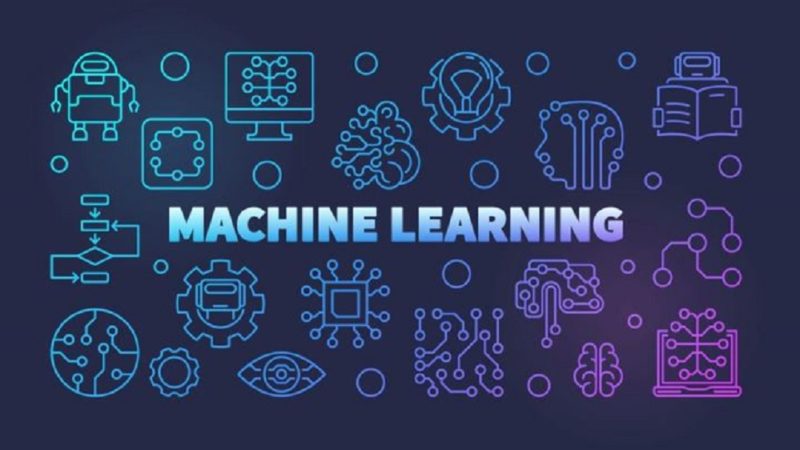Robots have always been a fascinating topic of discussion while we were growing up. They had a different kind of persona in the 80s and 90s, mostly resembling a humanoid structure in tin-plated armor and flashy bulbs and LEDs, making squeaky noise every time it would move or bellow voice like simulation. Things have changed in the last 30 years and how? Today, Robots is an entirely new technology domain, with thousands of different kinds of AI machine learning skills impaneled into the software and chips inside the robots. Then, there is a family of robots, we call as virtual assistants and chat bots.
So, let’s find out some of the most amazing and newly developed AI and machine learning robots that are specific to the industry they are applied to.
Biometric Robots
Biometric intelligence is a special AI improvement that completely replaces the need to rely on human skills when it comes to differentiating people. Biometric robots use augmented intelligence capabilities applied with sensor controlled kits to recognize unique features that distinguish humans. These are:
- Iris pattern
- Face contour
- Foot print and size
- Bone length / femur length
- Fingerprinting
Advanced applications also include DNA testing using saliva, hair strand, and so on.
In some forensic applications, biometric data is used to extract information on dead bodies, skeletons, and so on.
Assistive Technologies
One of the key roles of Artificial intelligence based assistant development is applied to paramedics, physiotherapy, and rehabilitation of accident survivors. Applied computer vision, immersive reality, actuator, and mechanical electronics, and other sensor-based applications are combined with computer brain to simulate motor activities in a lost limb or digit and other sensory parts of the body.
Assistive technologies combine the innate creative capabilities of human intelligence and automation of machine learning models controlling a humanoid body part.
Brain Computer Interface
Also referred to as the Neural Control interface, BCI is a very advanced level application of machine learning and AI science. In a BCI system, the human brain is wired electronically with an external device to monitor brain activities for various purposes, such as brain mapping, neuromodulation, human intelligence augmentation, and neuroprosthetics (an advanced neurosurgical specialization concerned with artificial synthesis, regeneration, and study of human brain).
BCI is used in a variety of newly developed streams of neural networking applications, such as Brain gaming techniques, silent communication / synthetic telepathy, emotion control, and regeneration of dead brain cells in cases of Parkinson’s and Alzheimer’s disease.
Space Walker
Private companies are now allowed to undertake space missions to the lunar surface and outer planets in the Solar System. After automated space missions involving rockets and space vehicles, it’s time for space walkers – cyborg astronauts controlled by AI systems. This greatly reduces the human risk and overall cost of the project.
AI Machine Learning trends continue to be a fascinating area of specialization for first time project developers in data science and deep learning companies.













